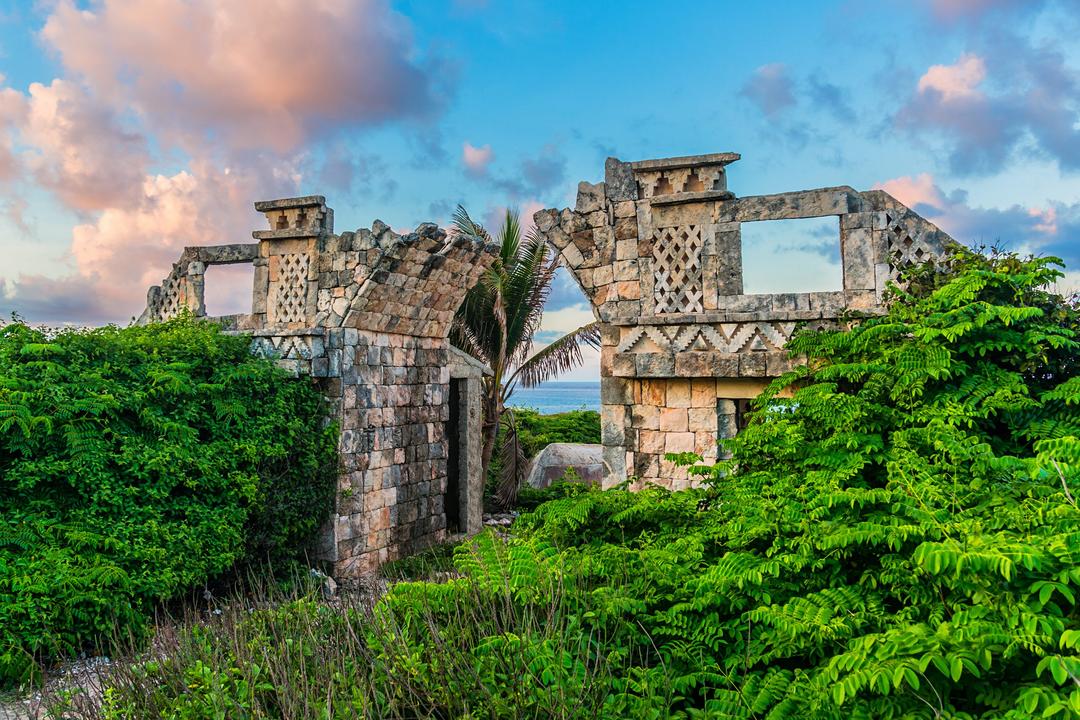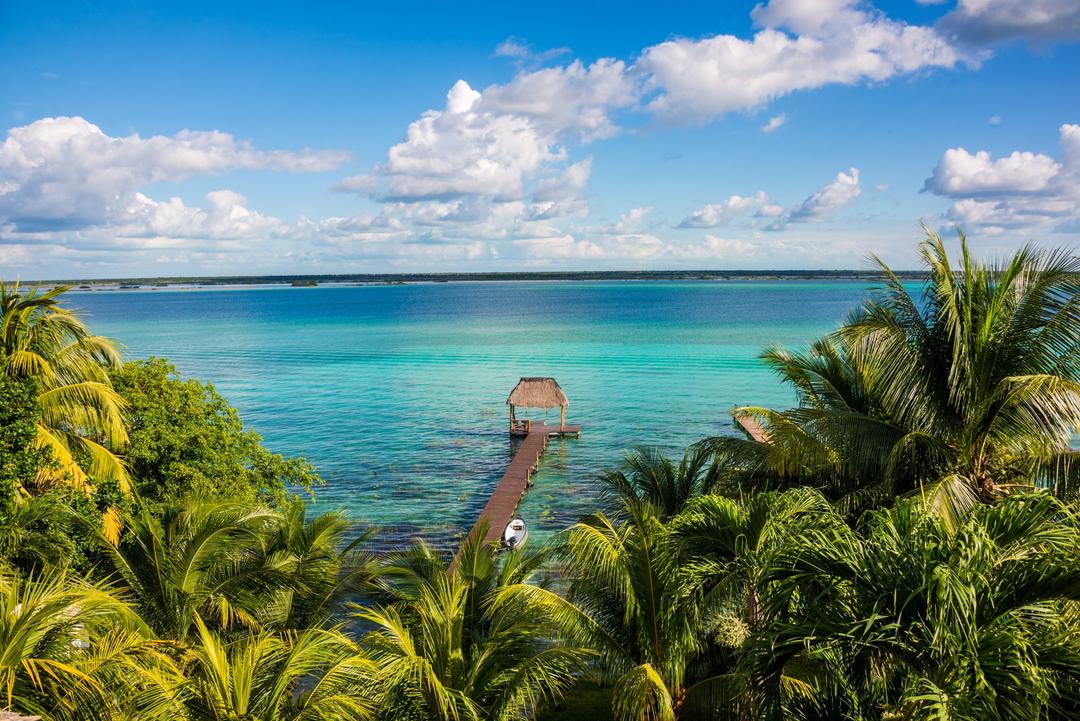Day of the Dead
The Day of the Dead is a traditional Mexican and Mesoamerican celebration that honors the dead and takes place on November 1 and 2.
The passage from life to death is an emblematic moment that has inspired wonder, uncertainty, and fear in humankind throughout history. Throughout the ages, different cultures have developed beliefs surrounding death, which have led to the development of rites and traditions designed to ward it off, venerate it, honor it, or even mock it.
One of the main aspects of Mexican national identity is the concept of life and death, and all the beliefs and traditions that revolve around it, such as the tradition of celebrating the Day of the Dead.
This tradition arises as part of the religious syncretism of the colonial era, since during the pre-Hispanic period, the cult of death was very present throughout the country.
During this day, families from all over the country gather to bring offerings to the deceased, which have a meaning and motif; they consist of placing an altar covered with cempasúchil petals, photos of deceased loved ones, as well as their favorite foods and things.
The ritual of the offering begins on the night of October 31 with the placement of the altar to receive the souls of the children who arrive on November 1, the next day the souls of the adults arrive and the offering must be removed on November 3.
The altars where the offerings are placed usually consist of one or two floors, which symbolize the earth, heaven and purgatory; but there are traditions in which the altars have up to 7 floors, which represent all the stages the soul goes through before obtaining eternal rest.

The meaning of the offerings:
Cempasúchil:
It helps the deceased find their way to the offering thanks to its color and aroma.
Velvet flower:
It symbolizes mourning for loss.
Candles or candles:
They must be white and symbolize the purity of the deceased. The light helps souls find their home and return to the afterlife.
Sugar skulls:
They represent the deceased, which is why they must bear their name on the forehead.
Photographs:
A remembrance of the deceased in life.
Water:
It quenches the thirst of the deceased, purifies the soul, and gives strength for the return.
Papel picado:
It represents air, one of the four elements that must always be present in the offering.
Incense or copal:
It drives away evil spirits.
Food:
It is customary to place the deceased’s favorite food or drink.
Salt:
It prevents the soul from becoming corrupted on the return journey and thus ensures the return the following year.
Pan de muerto:
It represents the deceased.
The cross:
It provides religious meaning to the veneration of the dead.
Petate:
It serves as a resting place for the deceased.
Sweets
They entertain the souls of children.
This is how this day was experienced at Oasis Hotels & Resorts.


Related Posts:Day of the Dead
Continue informing yourself...

What to do in Cancun (Part 1)

Have you Been to Marimba Park?

What to do in Isla Mujeres
